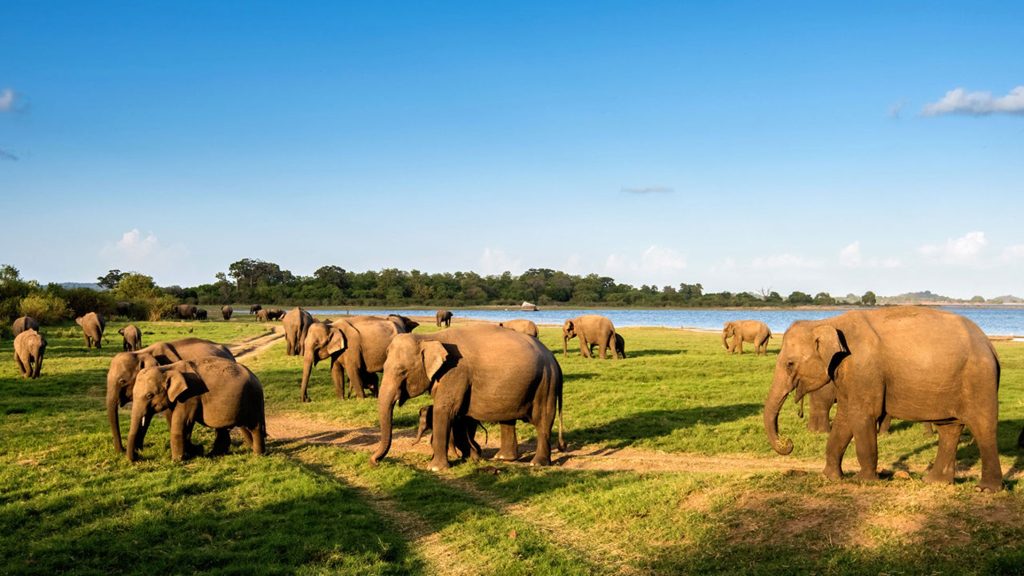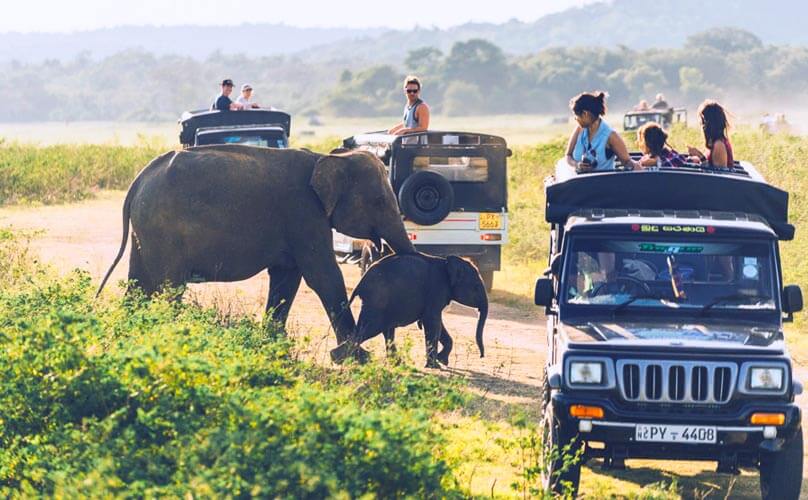Sri Lanka, an island nation nestled in the Indian Ocean, is renowned for its rich biodiversity and stunning landscapes. Among its many natural resources, the wildlife safari experiences stand out as a must-do for wildlife enthusiasts and adventure seekers. Embarking on a safari in Sri Lanka offers a unique opportunity to witness diverse ecosystems and encounter exotic wildlife in their natural habitats. Here are some of the top safari destinations that promise unforgettable experiences:
Yala National Park

Yala National Park, located in the southeast part of Sri Lanka, is the most famous and second largest national park in the country. Renowned for its high density of leopards, Yala offers visitors a chance to spot these elusive big cats in their natural environment. The park is also home to a variety of other wildlife, including elephants, sloth bears, crocodiles, and a plethora of bird species.
The landscape of Yala varies from dense jungle to open plains, dotted with watering holes that attract a wide range of animals, especially during dry seasons. Jeep safaris are the most common way to explore Yala, allowing visitors to venture deep into the wilderness and maximize their chances of wildlife sightings.
Wilpattu National Park

Wilpattu National Park, located in the northwest of the island, is known for its unique feature of natural lakes (called “villus”) that dot the landscape. These provide crucial watering spots for resident wildlife, including leopards, elephants, and sloth bears. Wilpattu is less crowded compared to Yala, offering a more serene and intimate safari experience.
The park’s dense foliage and undulating terrain make it an ideal habitat for a wide array of bird species, making it a paradise for birdwatchers as well. Jeep safaris here allow visitors to explore its lesser-known corners and appreciate the unspoiled beauty of Sri Lanka’s wilderness.
Minneriya National Park

Minneriya National Park, located in the North Central Province, is famous for hosting the largest gathering of wild Asian elephants in the world. Known as “The Gathering,” this spectacle occurs during the dry season (from June to October), when hundreds of elephants congregate around the Minneriya Tank to graze on the fresh grass that emerges as the water recedes.
In addition to elephants, Minneriya is home to a variety of wildlife, including deer, leopards, sloth bears, and numerous bird species. A safari in Minneriya often revolves around the impressive sight of these majestic creatures, providing an awe-inspiring experience for visitors.
Udawalawe National Park

Udawalawe National Park, located in the southern part of Sri Lanka, is renowned for its large population of resident elephants. The park was established to provide a sanctuary for these gentle giants displaced by the construction of the Udawalawe Reservoir. Safari tours in Udawalawe offer close encounters with elephants in their natural habitat, as well as opportunities to observe other wildlife such as water buffalo, sambar deer, and crocodiles.
The open grasslands and scrub forests of Udawalawe make wildlife spotting relatively easy, and the park is particularly popular among photographers and nature enthusiasts. Visitors can also visit the Elephant Transit Home within the park, where orphaned or injured elephants are rehabilitated for eventual release back into the wild.
Planning Your Safari Adventure
Before embarking on a safari in Sri Lanka, it’s essential to plan your trip effectively. Here are a few tips to ensure a smooth and enjoyable experience:
- Best Time to Visit: The dry season (from May to September) is generally considered the best time for safaris in Sri Lanka, as wildlife congregates around water sources, making sightings more likely.
- Choosing a Safari Provider: There are numerous tour operators and lodges that offer safari packages tailored to different preferences and budgets. Research and read reviews to select a reputable provider that prioritizes responsible wildlife viewing practices.
- What to Bring: Essential items include lightweight clothing, a hat, sunscreen, insect repellent, binoculars, and a camera with a good zoom lens for capturing wildlife sightings.
- Respect Wildlife and Environment: Always follow park regulations and guidelines for wildlife viewing. Respect the animals’ space and behavior, and avoid any actions that could disturb them or their habitat.
Conclusion
Safari experiences in Sri Lanka promise unparalleled encounters with wildlife against the backdrop of breathtaking natural landscapes. Whether you’re captivated by the grace of leopards, the majestic presence of elephants, or the vibrant birdlife, each safari destination offers a unique perspective on the island’s rich biodiversity. Embark on a safari adventure in Sri Lanka to create memories that will last a lifetime and to contribute to the conservation efforts aimed at preserving these natural wonders for future generations to enjoy.



